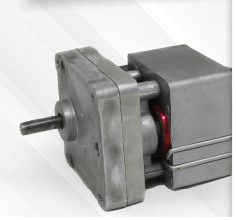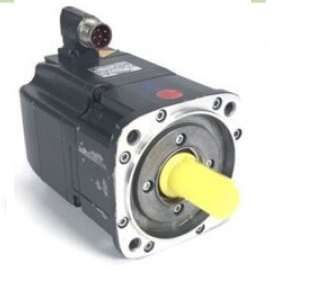Working Principle of AC Motor
Get to know what an AC motor is?, How it works?, Its types, and where is it used?

AC motors are different from DC or direct current motors in their use of alternating current, which changes direction. These motors still heavily use in modern life, and you may find them in appliances and gadgets in your own home. In this blog, we are talking about the working principle of AC motor.
What is an AC Motor?
The motor that converts the alternating current into mechanical power by using an electromagnetic induction phenomenon is called an AC Motor. The stator and the rotor are the two most important parts of the AC motors. The stator is the stationary part of the motor. And the rotor is the rotating part of the motor. An AC motor may be single phase or three phase.
Working Principle of an AC Motor
The fundamental operation of an AC Motor depends on the principle of magnetism. The simple AC Motor contains a coil of wire and two fixed magnets surrounding a shaft. When an electric (AC) charge applies to the coil of wire, it becomes an electromagnet. This electromagnet generates a magnetic field.
Inside the stator, there is a solid metal axle, a loop of wire, a coil, a squirrel cage made of metal bars and some other freely rotating metal part that can conduct electricity. In an AC motor you send power to the outer coils that make up the stator. The coils energized in pairs, in sequence, producing a magnetic field that rotates around the outside of the motor.
Do you know, how does this rotating field make the motor move?
The rotor suspended inside the magnetic field. The magnetic field is constantly changing due to rotation so, according to the law of electromagnetism, the magnetic field produces an electric current inside the rotor.
If the conductor is a ring or a wire, the current flows around it in a loop. If the conductor is simply a solid piece of metal, eddy currents flows around it instead. The induced current produces its own magnetic field and according to another law of electromagnetism, the rotating magnetic field by rotating as well. Simply described, When the magnets interact, the shaft and the coil of wires begin to rotate,which operates the motor.
MUST READ BLOG POSTS ON AC MOTOR
Difference Between AC and DC Motor
Types of an AC Motor
Mainly an AC motor classified into two types. They are the synchronous motor and the induction motor.
1. Synchronous AC Motor
The motor that converts an AC electrical power into mechanical power and operates only at the synchronous speed is the synchronous motor.
When supply is given to synchronous motor, a revolving field is set up. This field tries to drag the rotor with it but because of rotor inertia it could not rotate. Hence,it does not produce any starting torque. Thus, the synchronous motor is not a self-starting the motor.
2. Induction or Asynchronous AC Motor
The machine which converts the AC electric power into mechanical power by using an electromagnetic induction phenomenon in called an induction motor. The induction motor classified into two types
- Single phase induction motor
- Three phase induction motors.
In an induction machine the armature winding serves as both the armature winding and field winding. When the stator windings connect to an AC supply, the flux produces in the air gap. The flux rotates at a fixed speed called synchronous speed. This rotating flux induces voltages in the stator and rotor winding.
If the rotor circuit closed, the current flows through the rotor winding and react with the rotating flux and it produces the torque. In the steady state, the rotor rotates at speed very close to synchronous speed.
Applications of an AC Motor
AC Motors can be found in numerous home appliances and applications,
- Clocks
- Power tools
- Disk drives
- Washing Machines and other Home Appliances
- Audio turntables
- Fans
They can also be found in industrial applications, - Pumps
- Blowers
- Conveyors
- Compressors
Hope this article helps you to understand about the working principle of an AC motor.
We at Robu.in hope that you found it interesting and that you will come back for more of our educational blogs.










